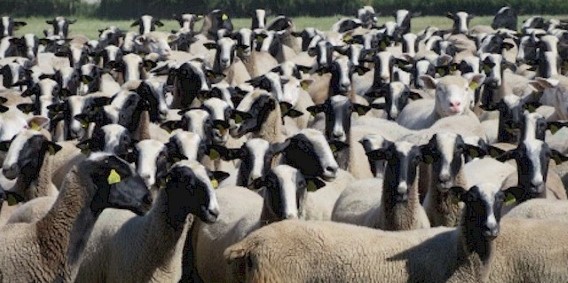The Bizet sheep, originating in France, is a breed with a rich history dating back to the 19th century. Developed between 1830 and 1900, the Bizet sheep breed was established through a careful breeding program involving the crossbreeding of Caussenards sheep with Southdown and Dishley English sheep. This selective breeding process aimed to enhance desirable traits and establish a unique breed with distinct characteristics.
In 1905, efforts were made to standardize the breed, further refining its features and ensuring consistency in its characteristics. This standardization process laid the foundation for the breed's recognition and continued development.
One notable aspect of the Bizet sheep is its introduction to the Kerguelen archipelago in 1952. Here, Bizet sheep are raised specifically to provide food for the scientific station located on the archipelago. This demonstrates the versatility and adaptability of the breed, as they are able to thrive in diverse environments and fulfill various purposes, including meat production.
While Bizet sheep do grow wool, they are primarily raised for their meat, which is renowned for its quality and flavor. Rams of the breed typically exhibit horns, while ewes are polled, meaning they are hornless. At maturity, Bizet rams reach a height of approximately 80 cm (31 in), while ewes stand at around 75 cm (30 in) at the withers. On average, Bizet rams weigh approximately 90 kg (200 lb), while ewes weigh around 55 kg (121 lb). Ewes of the Bizet breed are known for their prolificacy, with the ability to lamb up to three times in a span of two years, contributing to the breed's productivity and economic value in agricultural settings.
